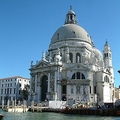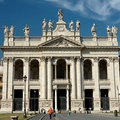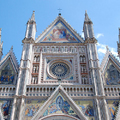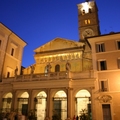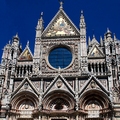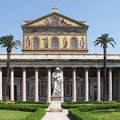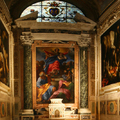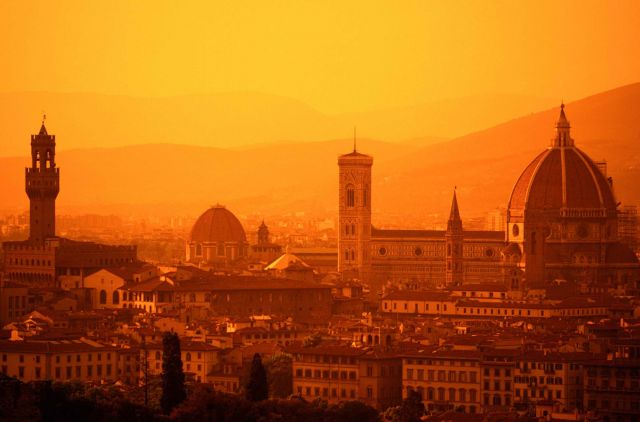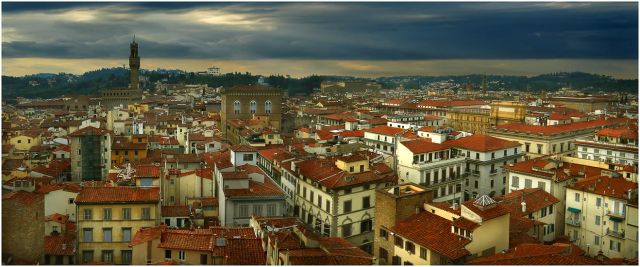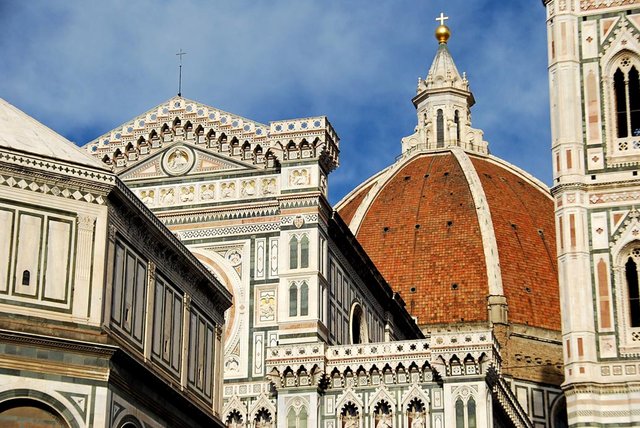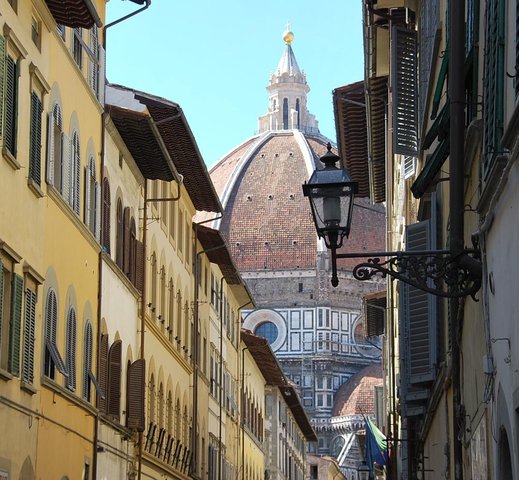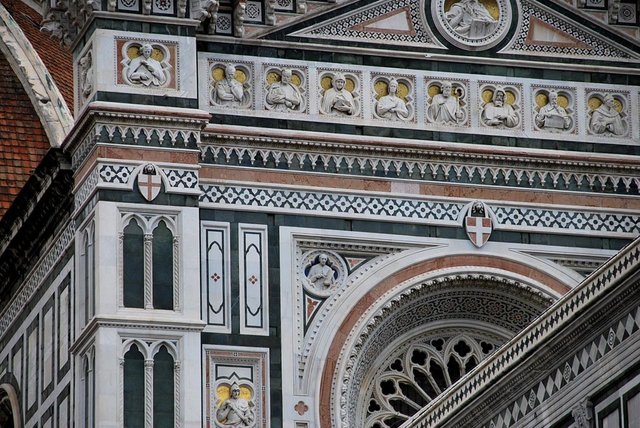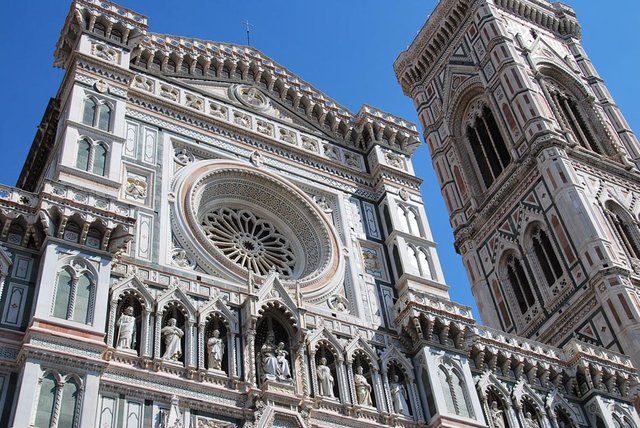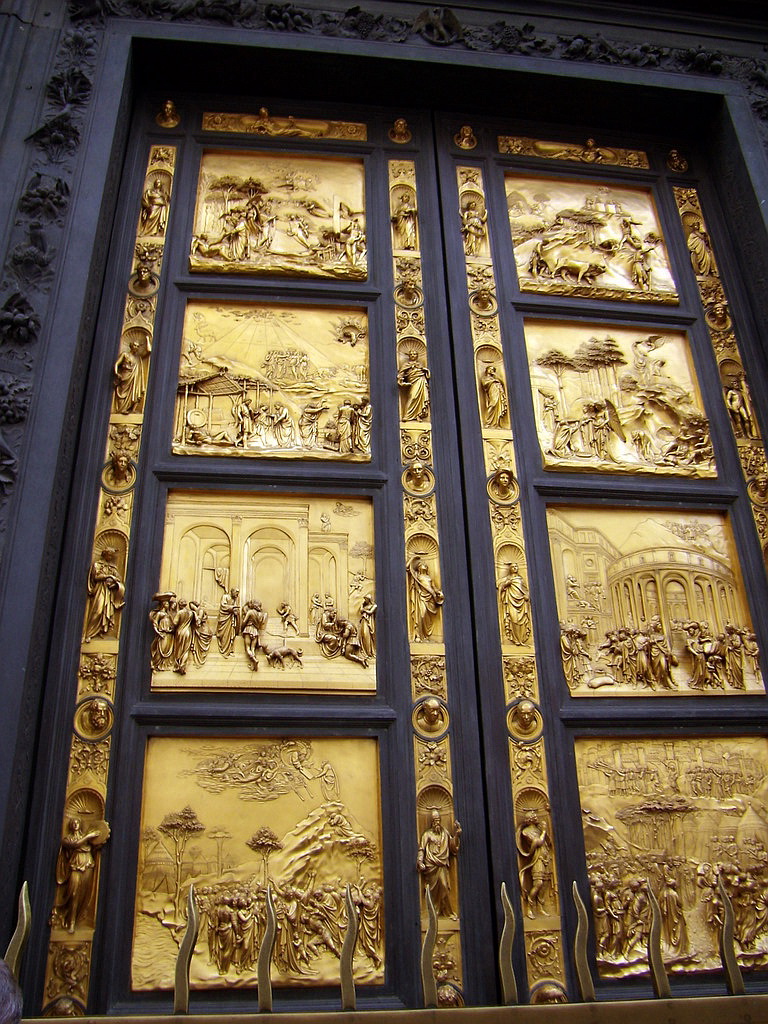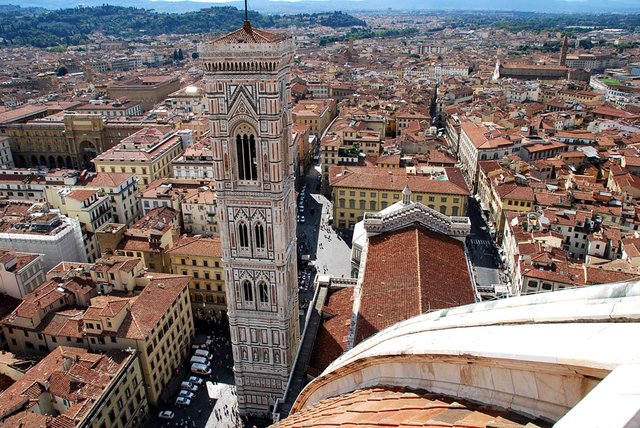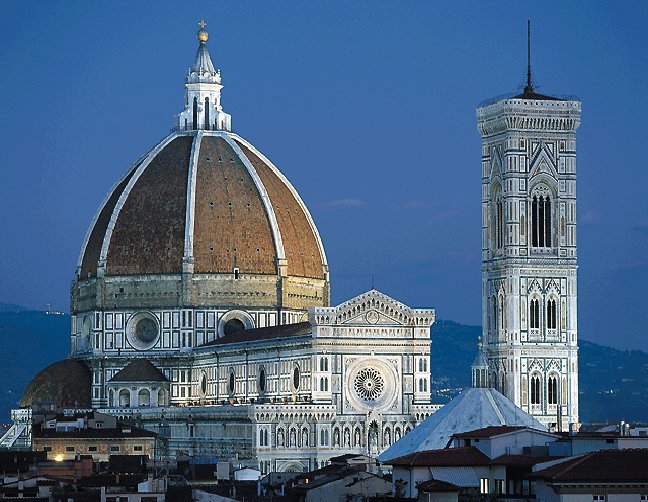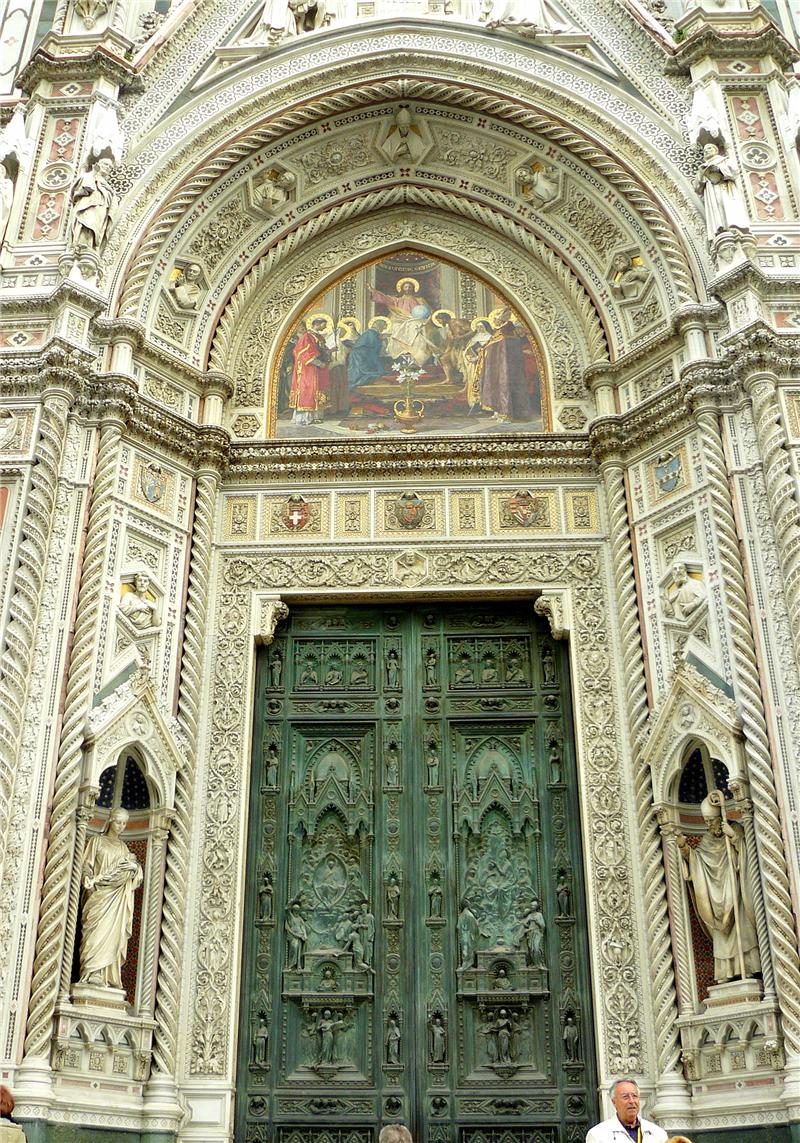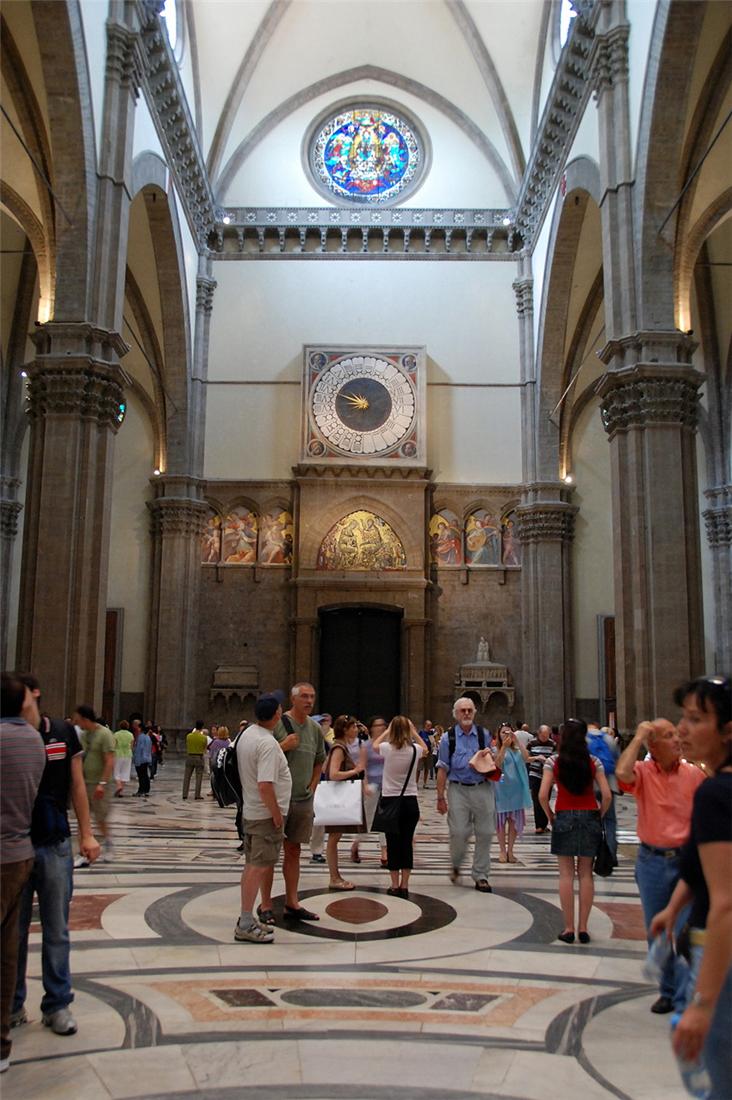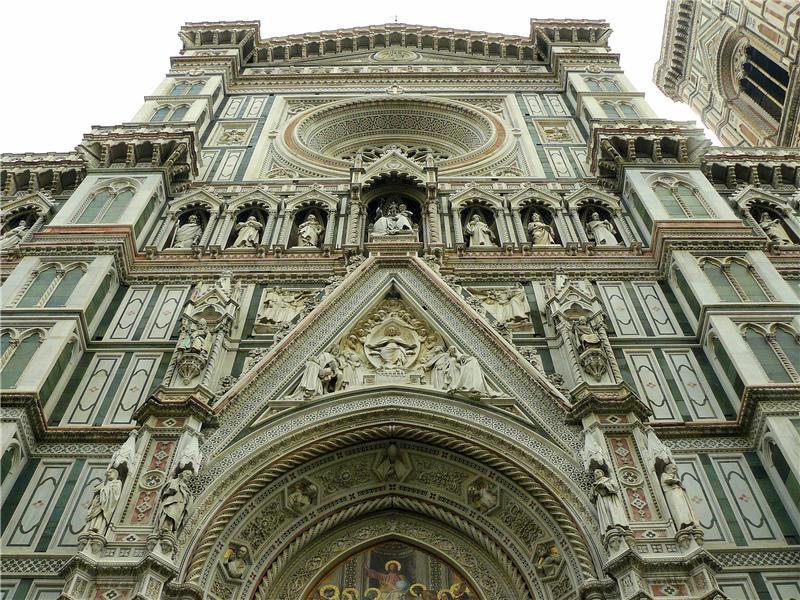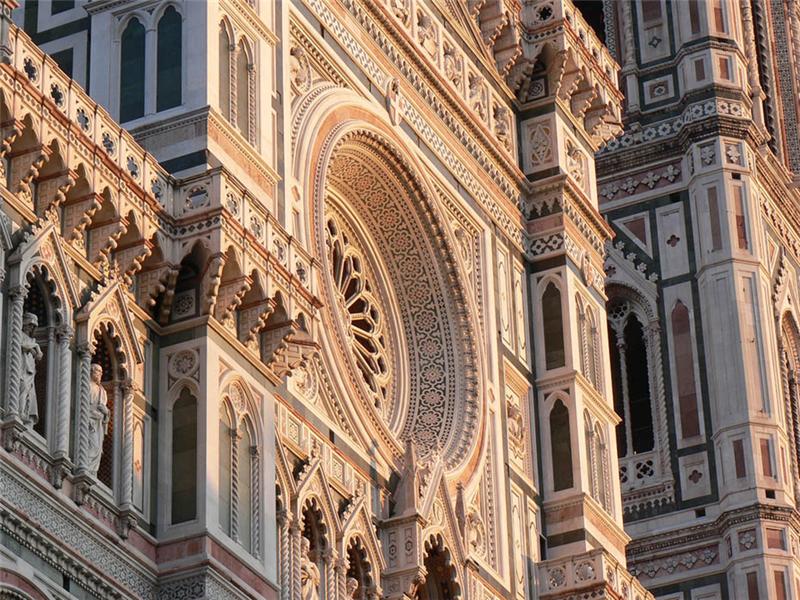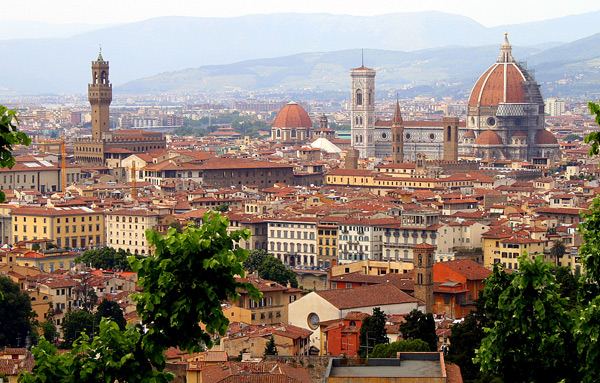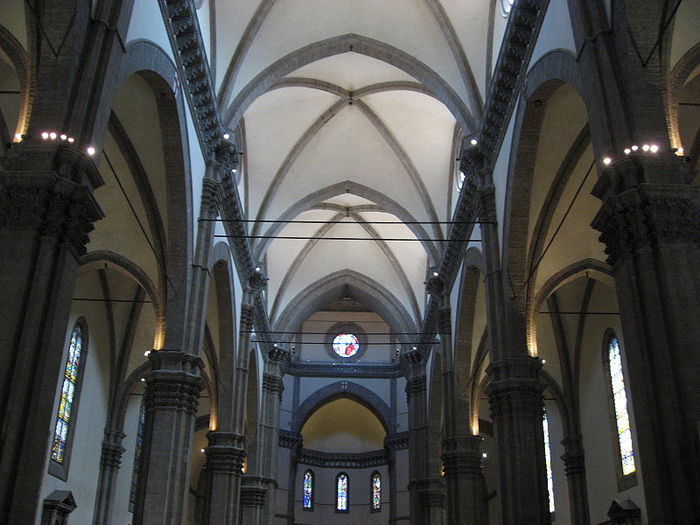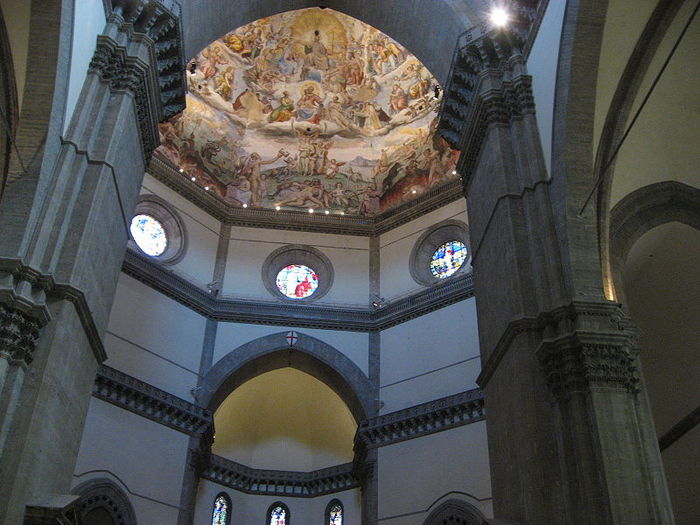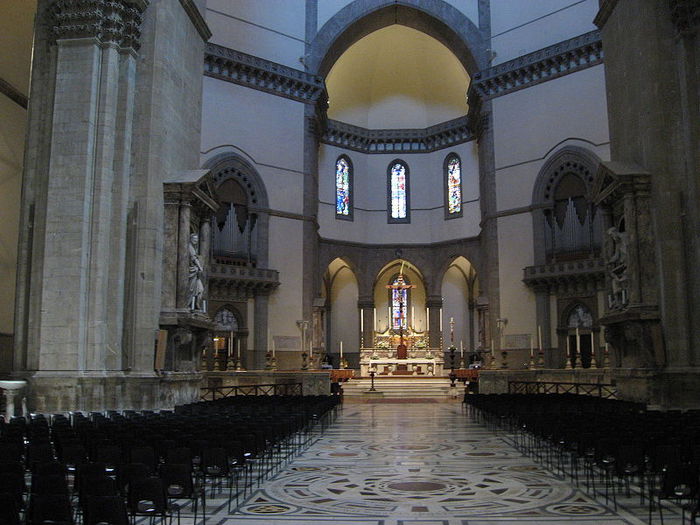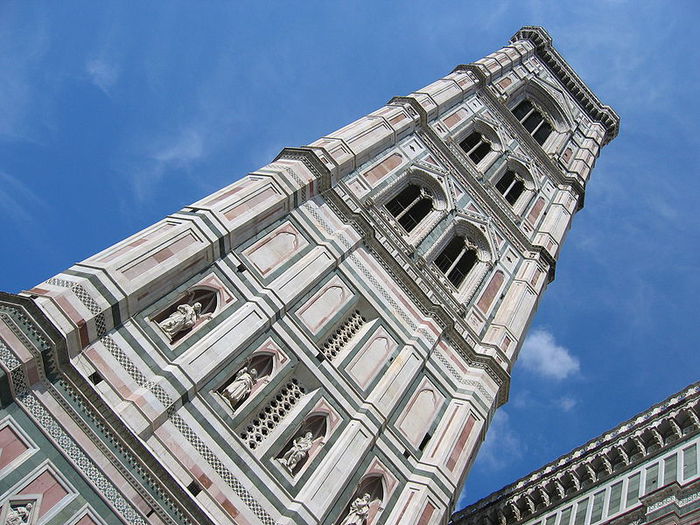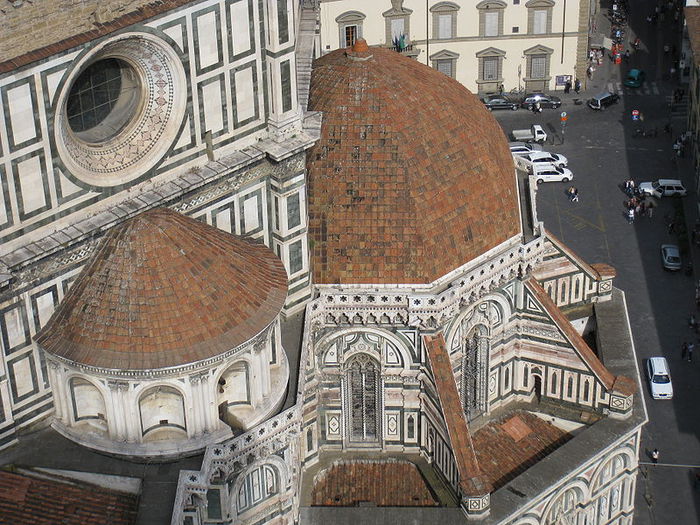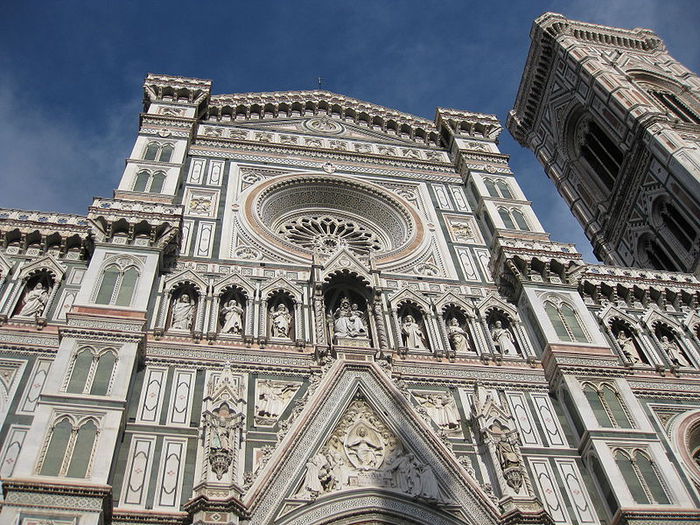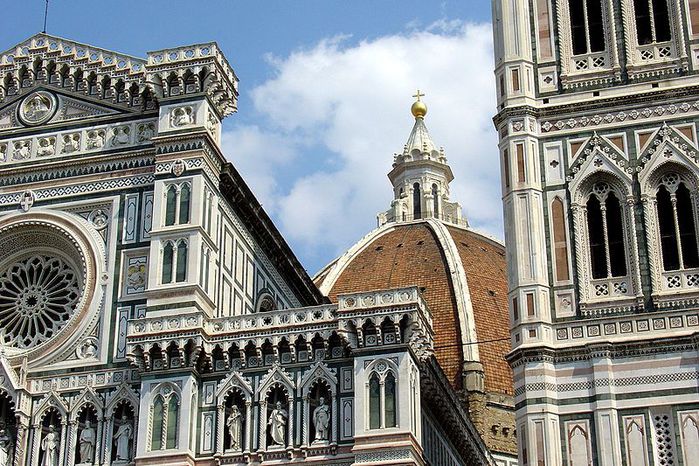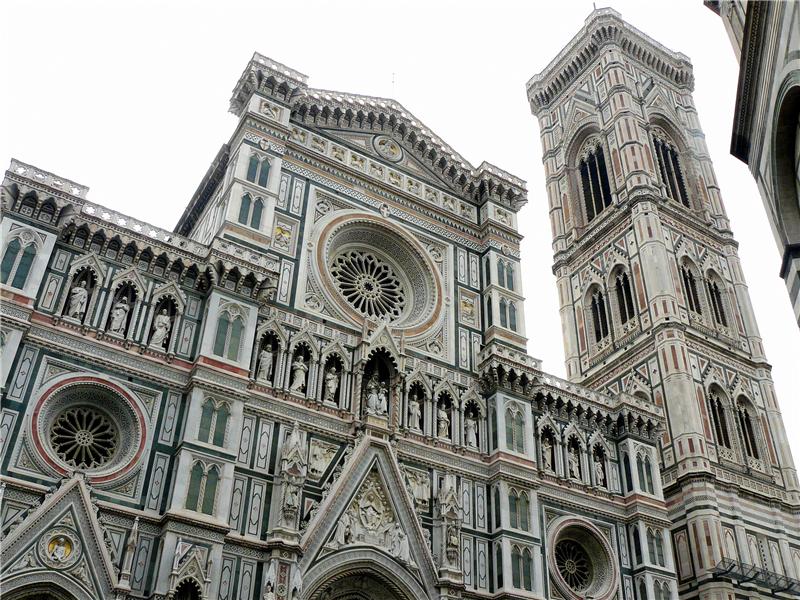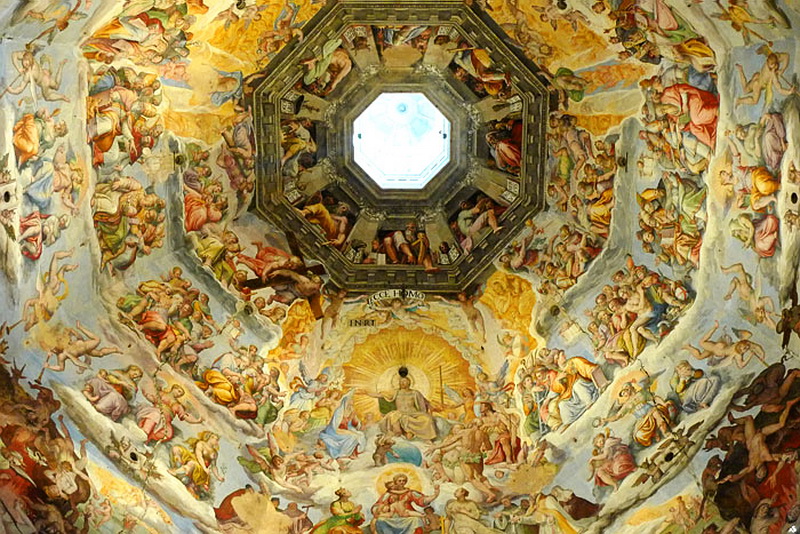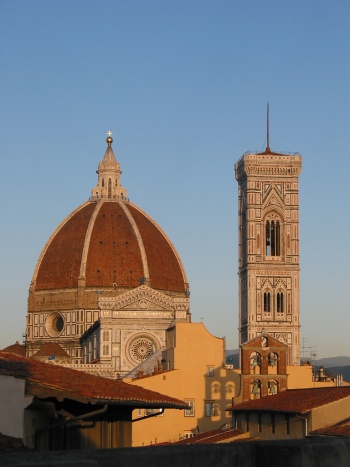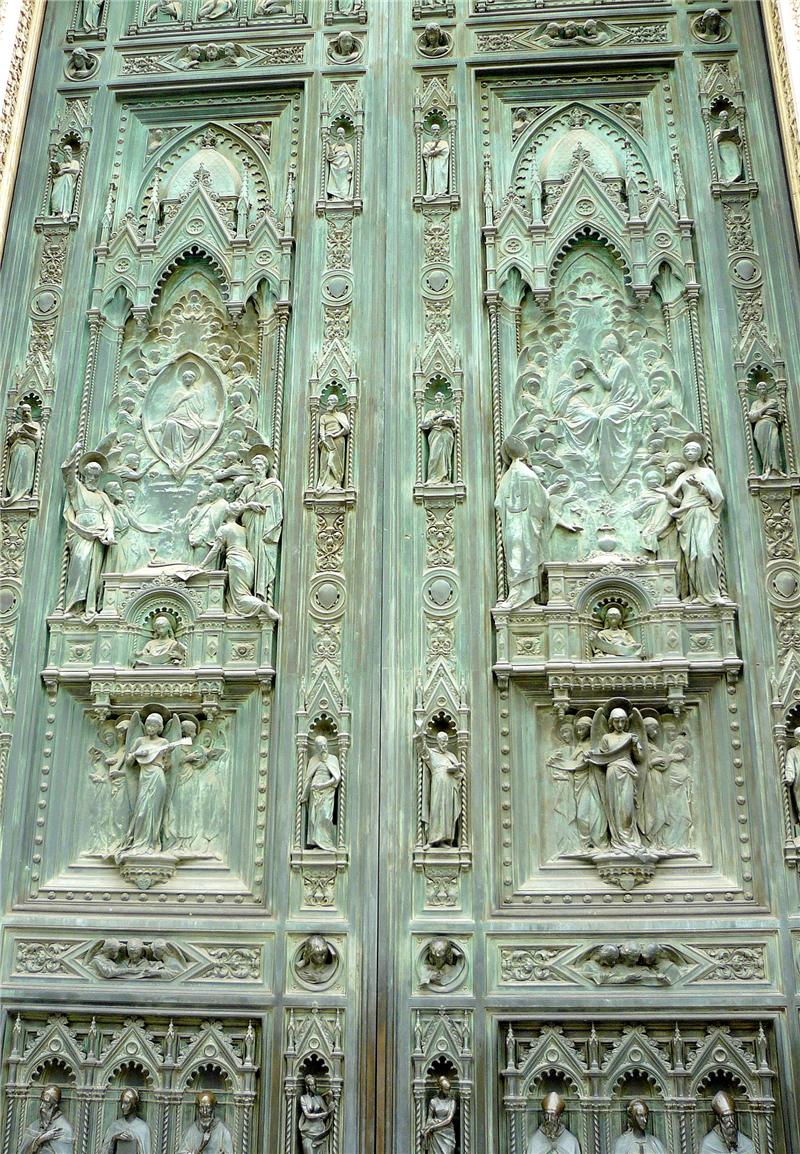Destinations / The most beautiful churches of Italy / Basilica di Santa Maria del Fiore
Ads
Basilica di Santa Maria del Fiore
Sponsored Links
Designed to be the world's largest cathedral, Santa Maria del Fiore is nowadays surpassed in size by St. Peter in the Vatican, St. Paul's Cathedral in London and Milan. It was designed by Arnolfo di Cambio in 1296, as the Florentines desired to have a place of prayer more beautiful than those of Pisa and Siena, rival cities; it was built on the ruins of an old church, Santa Reparata. When it was finished, it was the largest cathedral in Europe of that era, being able to accommodate 30,000 worshipers. The cathedral is remarkable for the dome of 42 meters and its facade, with walls covered with marble from Carrara, Prato, Siena and Lavenza, an inspired blend of shades and colors.
Basilica Santa Maria del Fiore is the cathedral, or Duomo, of Florence's Roman Catholic archdiocese. Its name, which translates as "Saint Mary of the Flowers" refers to the lily flower, symbol of Florence or the ancient name of the city - Fiorenza. On the other hand, a document of the fifteenth century says that "flower" refers to Christ. The cathedral was designed by Arnolfo di Cambio in 1296 so as to become be the largest Roman Catholic church in the world. Arnolfo di Cambio is the architect of other great churches such as Santa Croce and Palazzo Vecchio. The first stone was laid on 9 September 1296 by Cardinal Valeriana, the first papal legate ever sent to Florence. The completion of this vast project has lasted 170 years, being the collective effort of several generations.
After the death of Arnolfo in 1302, works on the cathedral have slowed down or stopped for a period of 30 years. The works were boosted by the discovery, in 1330, of the relics of St. Zanobius under the old Santa Reparata. In 1331, Arte della Lana company took over the patronage of works at the cathedral and in 1334 it delegated Giotto as overseer of the works. Assisted by Andrea Pisano, he continued the project of Cambio. Dying in 1337, works have remained in the hands of Andrea Pisano, until they were stopped by the Black Death in 1348. There followed a series of architects. Francesco Talenti finished the bell tower and expanded the project through an apse and side chapels. After 1359, he was succeeded by Giovanni di Lapo Ghini. Until 1375, the old church Santa Reparata was already down. The main part of the building was completed in 1380, and until 1418 only the dome was left unfinished.
The walls are covered with vertical and horizontal stripes of colored marble from Carrara (white), Prato (green), Siena (red), Lavenza and a few other places. The cathedral has two side doors: Canonical door (south side) and Mandorla door (north side) decorated with works by Donatello and Nanni di Banco Jacopo della Quercia. The six lateral windows are separated by pilasters. Only the four windows close to the transept allow passage of light. The other two windows are ornamented totally. The windows are round the central dome, which is specific to the Italian Gothic style. The floor of the church, of marble, was laid in the sixteenth century.
The dome, 42 meters wide, originally a wooden dome, was built by Arnolfo di Cambio. Closure of the stone dome over the cathedral arch made several technical difficulties. The enormous construction weighs 37,000 metric tons and contains over 4,000,000 bricks.The architect has made several drawings and changes throughout the completin of the project. Works at the dome began in 1420 and lasted until 1436. It was the first octagonal dome in history built without a wooden scaffold structure, and the largest dome built by then (it is still the largest dome in the world). It is one of the most impressive projects of the Renaissance. The conical roof was crowned with a cross with holy relics, the work of Verocchio in 1469. He used a special machine to lift weights, invented by Leonardo da Vinci. This cross gives a total height of 114.5 meters to the dome. The base of the cross was hit by lightening on 17 July 1600. It was replaced with a bigger one, two years later.
The construction of the cathedral started in 1296 by Arnolfo di Cambio and lasted until 1469. But the facade remained unfinished. Original facade, designed by Arnolfo di Cambio and usually attributed to Giotto, was actually started 20 years after Giotto's death. The facade is the collective work of several artists, including Taddeo Gaddi and Andrea Orcagna. However, it was left unfinished almost until the nineteenth century. Now the entire facade is dedicated to Virgin Mary. The three huge bronze doors date from 1899 to 1903. They are decorated with scenes from the life of Virgin Mary. The mosaic above the door was made by Niccolò Barabino.
Cathedral follows a basilica plan with a nave and two aisles, forming a cross. The nave and the two aisles are crossed by large arches accompanied by pilasters that divide the ship into three square arches. Its dimensions are enormous: length of 153 meters and width of 38 meters. Many of the interior decorations have been lost in time, or were transferred to the museum of the cathedral.
Sponsored Links
By Maria Morari
Sponsored Links
Others The most beautiful churches of Italy .
Maps of Basilica di Santa Maria del Fiore
map Italy -> Maps Toscana -> map Florence Images of FlorenceOthers from The most beautiful churches of Italy
In one of the most beautiful countries in the world, Italy, architectural masterpieces are not a rarity at all.
Check out the most beautiful churches in Italy!
Check out the most beautiful churches in Italy!
Images of Basilica di Santa Maria del Fiore, icons, photos, figures, visions, appearances, illustrations, snapshots, captures, canvas and pictures of Basilica di Santa Maria del Fiore - The most beautiful churches of Italy
Sponsored Links
Sponsored Links


